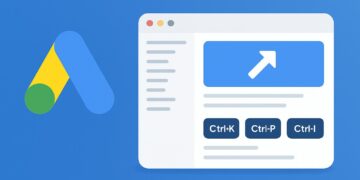Turn specs into outcomes that customers actually value. Practice translating features into benefits people will pay for.
Which rewrite turns a feature into a benefit? ‘256‑bit encryption’ → ______
supports 32 cores
enables AES‑GCM mode
uses advanced crypto libraries
keeps your data safe even if a device is lost
A reliable way to translate features to benefits is the ______ prompt.
“so what?” laddering until a customer‑centric outcome
“what’s the spec?” checklist
“who else has it?” scan
“how many bytes?” tally
Which statement is most benefit‑oriented?
“One‑click setup lets you start selling in minutes.”
“We built a setup wizard in React.”
“Includes 40+ templates.”
“Supports JSON config files.”
For enterprise buyers, a strong benefit translation for ‘auto‑scaling’ is ______.
adds more pods on demand
uses Kubernetes HPA
maintains performance under spikes without manual intervention
supports YAML manifests
A frequent failure mode in messaging is ______.
showing before‑after images
stating price once on the page
listing features without stating the customer problem they solve
using testimonials
Which is the most complete value statement?
feature + outcome + proof (e.g., metric, example, or guarantee)
benefit alone with no proof
proof without context
feature + adjective
In a value proposition, ‘faster page loads’ ladders to which higher‑order benefit?
fewer JavaScript files
more cache hits
more CPU utilisation
higher conversion due to reduced friction
When technical readers are primary, the best practice is to ______.
lead with outcomes, then provide expandable technical detail
show only code samples
hide all specs
avoid outcomes to stay objective
Which test checks if a benefit is clear enough?
an internal stakeholder vote
a design‑system lint check
a five‑second scan where target users can say what they gain
a 20‑minute demo watch
Which phrasing avoids ‘vendor‑speak’?
“Cut monthly reconciliation time by 50% on average in pilot teams.”
“Next‑gen hyperautomation.”
“Unparalleled scalability paradigms.”
“Leverage synergies to accelerate workflows.”
Starter
Good start—solid grasp of the basics of this topic. Re‑check definitions and simple diagnostics, then retake.
Solid
You’re applying the right mental models. Push on edge‑cases and trade‑offs to lock in consistency.
Expert!
Mastery! Your calls reflect strong judgment and clear, outcome‑focused reasoning for this theme.







